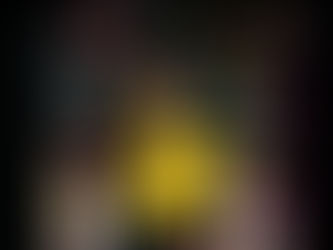Mary Tebb & Disney's Groundbreaking The Skeleton Dance
- Mindy Johnson

- Jun 10, 2018
- 2 min read

On June 10, 1929, a new animated film debuted at the Carthay Circle Theatre in Los Angeles — Walt Disney's Silly Symphonies — The Skeleton Dance.
While on his way to NYC to seek distribution and to record the soundtrack for his first sound cartoon, Steamboat Willie, Walt Disney stopped over in Kansas City to visit Carl Stalling to discuss scores for his early Mickey & Minnie shorts Plane Crazy and The Galloping' Gaucho. As the organist at the Isis Theatre in Kansas City, Stalling proposed the idea of a series of animated novelties centered around music. He pitched the idea of dancing skeletons, based on an ad he recalled as a young child, featuring these spooky sorts.
Ub Iwerks began animating in January of 1929, completing a majority of the work along with assistance from Les Clark and Wilfred Jackson. Working in the vaudevillian style of eccentric movement, further popularized by leading silent film comedians Charlie Chaplin, Buster Keaton and others, a quartet of skeletons comedically danced around a graveyard with bone-chilling antics perfectly timed to Stalling's score infused with Edvard Grieg's "March of the Dwarfs."

Each division within the studio was called upon to rise to the demand required for this new approach to the medium! As animation was completed, one woman — the remarkable Mary Tebb — singlehandedly matched Iwerks' pencil animation with an ink pen and paintbrush, by inking and painting each grinning ghoul over thousands of cels. A member of the studio's then "Tracing and Opaquing" teams, Tebb joined The Walt Disney Studios in 1927 and with an assured level of artistry, she quickly rose to a level of prominence. The new style of movement within this series commanded a higher level of line uniformity to achieve a seamless flow to every dancing vertebra and skull. "How did I do it? I don't know," Tebb said. "I was young. I see it now and I'm amazed."

Mary later reflected on the commitment she applied to her work on The Skeleton Dance: "That dedication was the greatest thing In the world — our dedication to Walt and the product, our unquestioning attitude. No one ever said to Walt, 'Aw, that's too much work, I don't want to do it,' Oh no. You'd take it home and spend all night if you had to. Walt had something, that power. It was just his personality, his genius, I guess."
The success of Mary's artistry with ink and paint, transformed into a visual delight on the screen and ensured the distribution of "The Sillys" for The Walt Disney Studios. The Silly Symphonies series provided a perfect platform for every facet of the little studio to grow and later opened the door for a new form of visual and narrative storytelling through animation. Similar series quickly became a standard part of the animated offerings of the 1930s & 40s as other studios quickly followed suit, crafting such series as: "Merrie Melodies," "Looney Tunes," "Color Rhapsodies," "Happy Harmonies," "Swing Symphonies" and many more, which echoed the musical format originated at the hands of Ub Iwerks and the great Mary Tebb!











































Comments